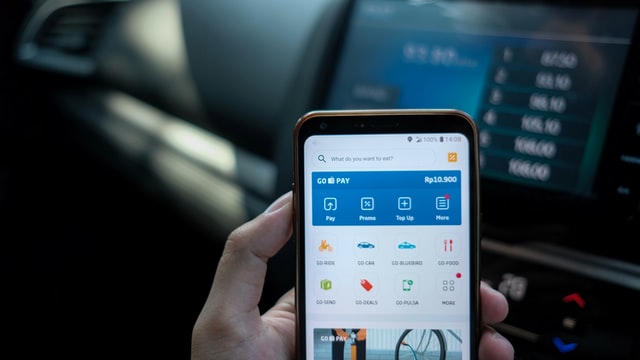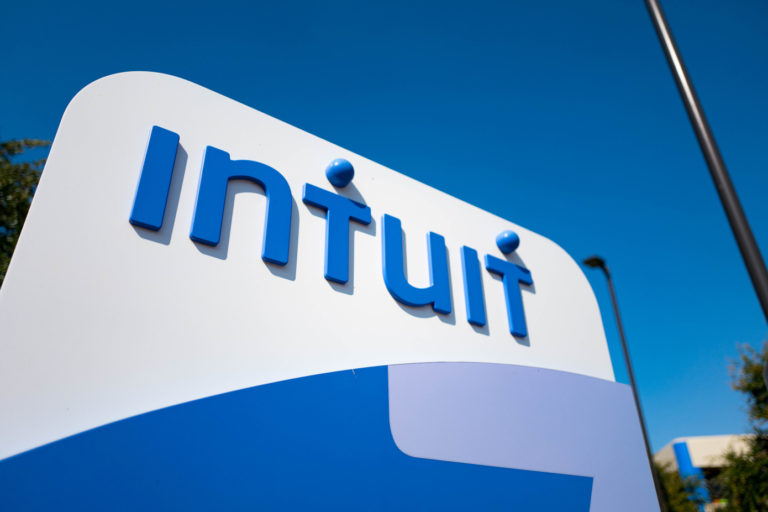How to Validate Your Business Idea by Dapo Babarinde

Do you know that about 10% of startups fail within their first year? According to a report by CB Insights, 35% of these startups fail because there’s no market need for their product or service. This is why it is important to validate a business idea before spending time and money trying to grow it.
Validating a business idea enables you to confirm if there’s demand for your product or service. It also helps to save time, money, and energy by focusing on ideas that work.
As startup founders, we need to learn how to test an idea with real potential customers, measure market demand, and refine the business idea based on feedback.
When trying to validate your business idea there are some questions you should find answers to;
- Does anyone want what you’re offering?
- Who are your potential customers, and where can you find them?
- Are you wasting money and time on an idea that isn’t feasible??
When I founded Advocatify, I came across a need for it in the market as evidenced by the feedback from some of the existing clients for our digital transformation services -law firms- who had issues optimising their workflows and tracking cases. We validated the idea for the software by getting two clients to pay for it even before we had built a minimum viable product.
We have several successful startups that benefited from early validation. Two popular examples are Dropbox and Airbnb.
Airbnb: The initial problem started when the Founders, Brian Chesky and Joe Gebbia were struggling to make ends meet and saw the opportunity to rent out air mattresses in their apartment to some attendees of a design conference.
They built a simple website to test the concept and attracted three paying guests.
The feedback from these early users showed they needed better usability. After improvements had been made and targeted marketing commenced, Airbnb started growing fast and evolved into a global brand, proving that starting small and validating early can lead to massive success.
Dropbox: The founder of Dropbox, Drew Houston validated the idea of Dropbox with a simple explainer video. The feedback from users proved there was an actual demand for file storage in the cloud, leading to the company’s success.
Steps to Validating Your Business Idea.
- Identify Your Target Market.
To properly reach your target customers, you need to define a detailed customer persona, including their demographics (age, gender, location), behaviours (purchasing habits, interests), and pain points (problems they need solving). Use tools like surveys, interviews, and Google Trends to gather more information and confirm customer demand.
Let’s take a look at Instagram, Instagram started as Burbn, a location-based check-in app with social features. Despite their early struggles, founders Kevin Systrom and Mike Krieger immediately noticed users enjoyed the photo-sharing feature.
They simplified the app, and focused on photos, finally creating Instagram and now it’s very successful.
- Conduct Market Research
Before launching a potential product or service, you need to study your competitors to understand what is working for them and where gaps exist in the market.
You can conduct a SWOT analysis, use competitor analysis platforms (e.g., SEMrush, Ahrefs), and monitor social media trends to gather more information.
- Test with a Minimum Viable Product (MVP)
An MVP is the simplest version of your product that addresses your target market’s main problem, without any extra features.
The goal is to launch quickly, get feedback, and improve on it based on real user insights. Some methods to test your MVP include creating landing pages to measure their interest level, offering mockups to display the concept, or launching beta versions to invite early users.
- Gather Feedback and Iterate
Once your MVP is live, interact with early users for honest feedback. Ask direct questions like:
- What did you like/dislike about the product?
- What would you improve?
By gathering feedback, look for recurring patterns or common pain points. This will help you identify areas for improvement and help you make necessary adjustments.
- Get Paying Users
The ultimate test of your business idea is whether people are willing to pay for it. To achieve financial validation, focus on converting early users into paying customers.
You can offer your product at a discount, in exchange for feedback, or use subscription models to test long-term commitment.
For example, Spotify started with a “freemium” model, where users could access basic features for free but needed to pay for premium features. This financial validation confirmed the demand for paid music streaming and improved Spotify’s growth.
In conclusion, the success of the companies mentioned above proves that validating a business idea doesn’t require a perfect launch—just a willingness to listen, learn, and adapt. The right validation process can save time, and money, and help to build a solid foundation for long-term success, so validate your business idea today!
Dapo Babarinde, a tech entrepreneur, product manager, digital skills and open source technology advocate writes from Lagos, Nigeria.







